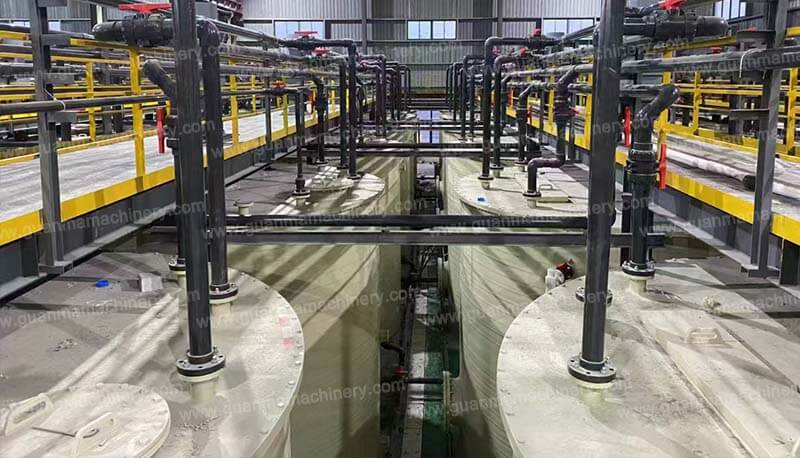In today’s rapidly advancing technological landscape, lithium-ion (Li-ion) batteries power our daily lives, from smartphones to electric vehicles. But what happens when these batteries reach the end of their useful life? The recycling of Li-ion batteries becomes a critical part of the story, offering a sustainable solution to the growing e-waste problem.
Why Recycle Li-ion Batteries?
The primary motivation for recycling Li-ion batteries lies in recovering valuable materials such as lithium, cobalt, nickel, and manganese. These metals are not only expensive but also essential for new battery production. Recycling helps to conserve natural resources, reduce environmental impact, and mitigate the need for mining new materials.
The Process of Recycling Li-ion Batteries

Recycling Li-ion batteries generally follows three main stages: collection, processing, and material recovery.
1. Collection: Spent batteries are collected from various sources such as consumers, retailers, and manufacturers. This phase often involves setting up collection points or take-back programs to facilitate the return of used batteries.
2. Processing: Once collected, the batteries undergo several safety checks and are discharged to prevent accidents during handling. They are then mechanically shredded or crushed to break them down into smaller pieces.
3. Material Recovery: The real magic happens here. Several methods can be used to extract valuable materials:
Pyrometallurgy: Involves high-temperature processes to melt and separate metals. However, this method may not recover lithium effectively.
Hydrometallurgy: Uses chemical solutions to leach out metals from the battery waste. This technique can achieve high purity and recovery rates, including lithium.
Direct Recycling: Attempts to preserve the structure of the cathode and anode materials, aiming for a more direct reuse in new batteries.
Despite the benefits, recycling Li-ion batteries faces challenges, including high costs, technical difficulties in extracting lithium, and the need for standardized battery design. Innovations in battery chemistry and recycling techniques are continually emerging to address these issues.
The Future of Li-ion Battery Recycling
As the demand for electric vehicles and renewable energy storage increases, the recycling of Li-ion batteries will play a pivotal role in creating a circular economy. Governments and industries are investing in research and infrastructure to improve recycling efficiency and reduce environmental impact.
In conclusion, the recycling batteries is not just a necessity but an opportunity. It allows us to harness the full potential of these batteries by closing the loop on valuable materials and reducing our ecological footprint. As technology advances and awareness grows, we can expect a future where recycling becomes as integral to battery use as charging them.




